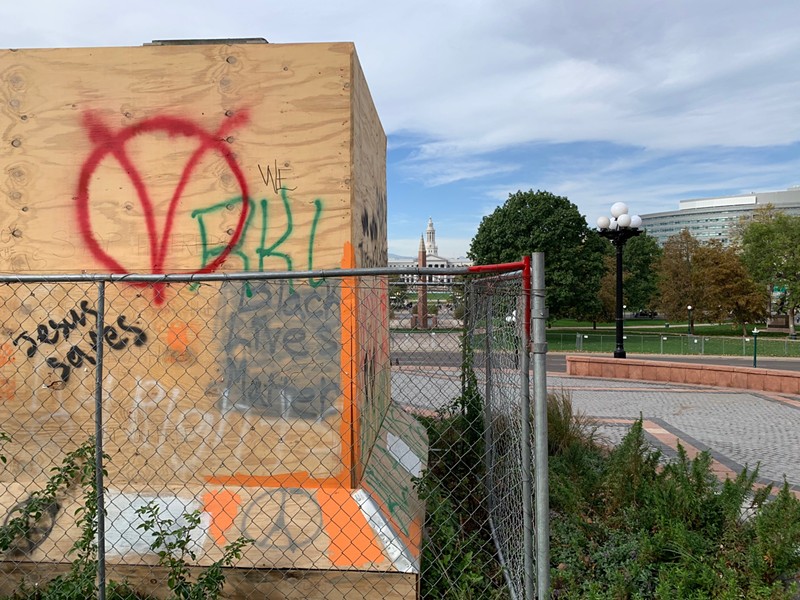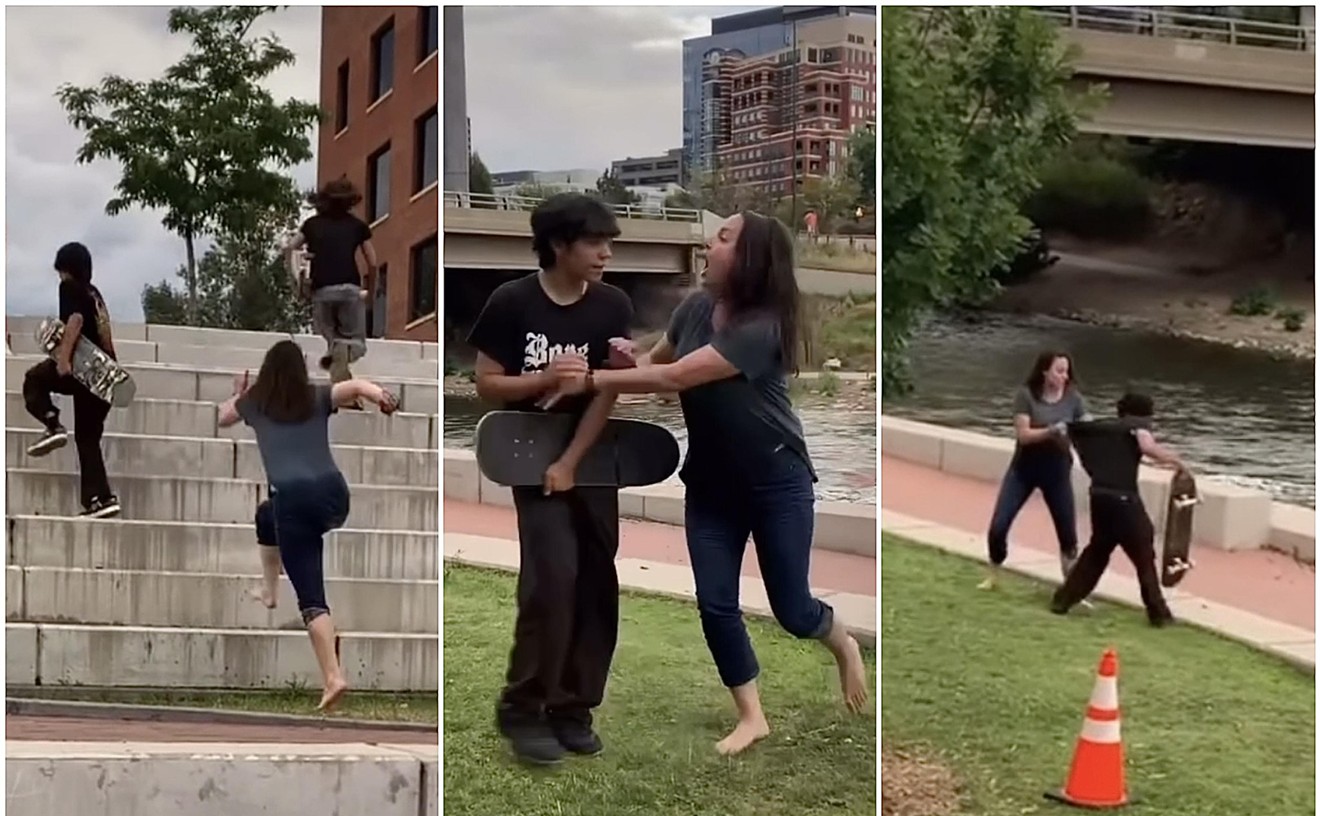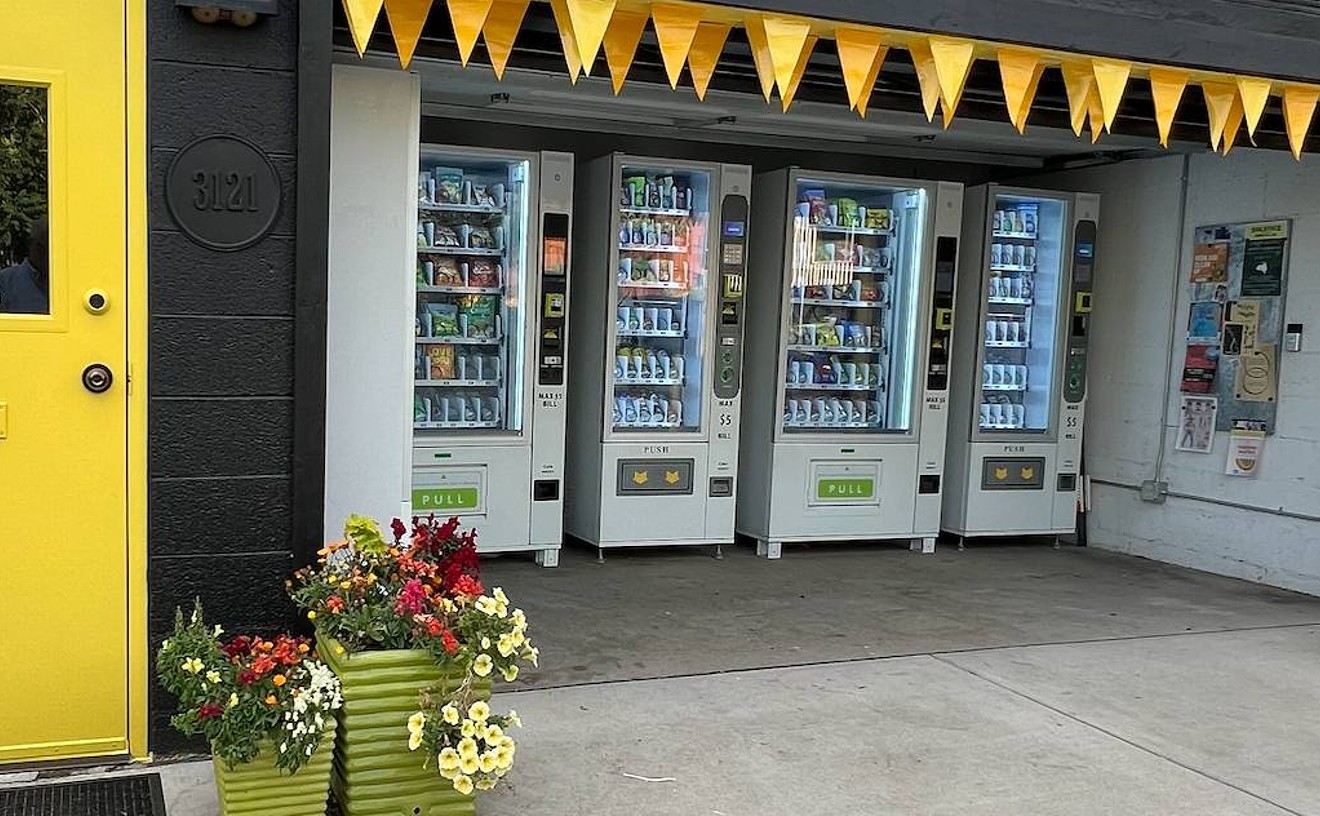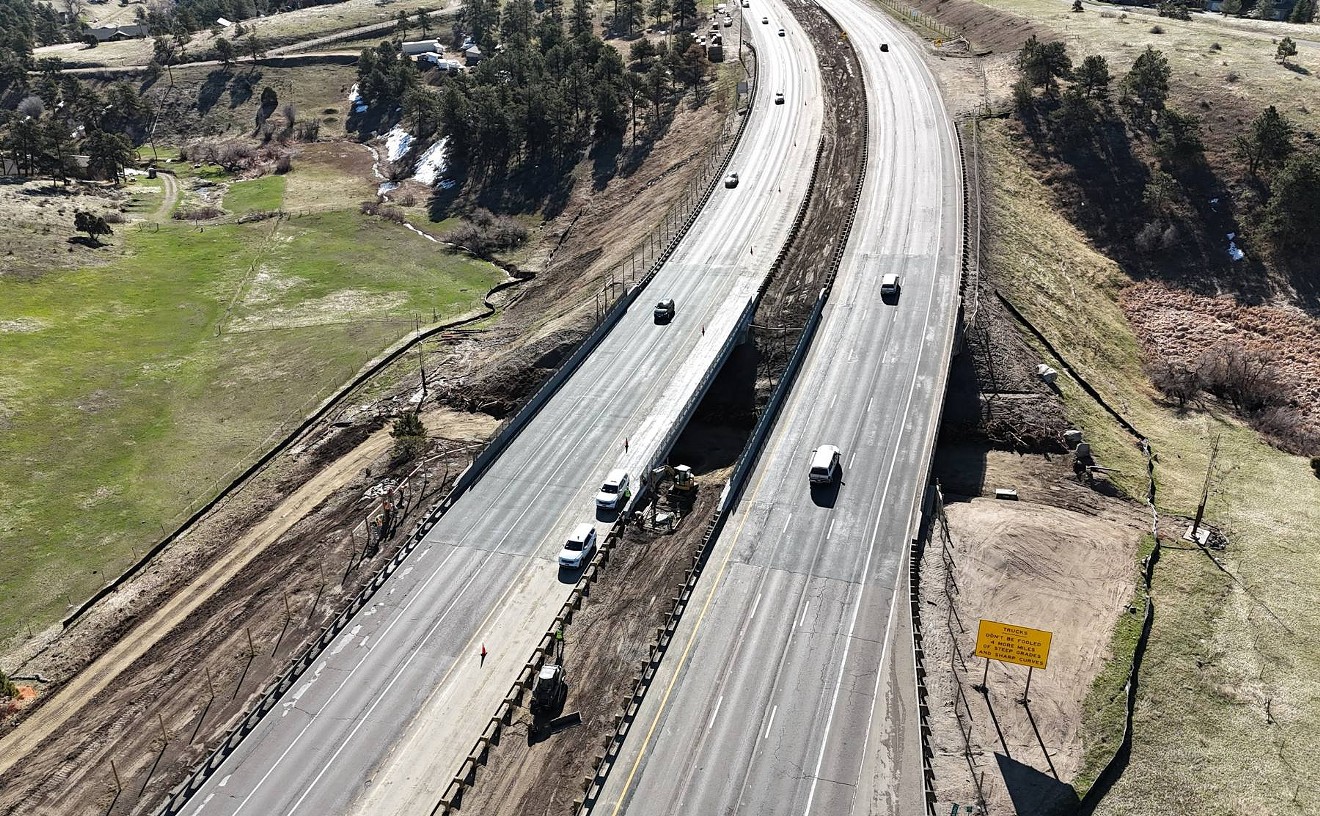From the west steps of the Colorado State Capitol, you can see past the Denver City and County Building to the mountains beyond, all land once occupied by Indigenous people.
As the Capitol was being constructed on this hill in the 1890s, the women of the Fortnightly Club gifted the state with “The Closing Era,” a bronze sculpture by Preston Powers of a Native American hunter standing over a slain buffalo that some members wanted placed in the west portico, overlooking that view. But the Denver area's newer, stodgier occupants objected to giving such a plum location to a statue honoring its original residents. Instead, on July 24, 1909, the spot went to the Civil War Monument donated by the Colorado Pioneers Association, the figure of a soldier designed by Captain Jack Howland, a member of the First Colorado Cavalry.
And there the monument stood until, already defaced during four weeks of demonstrations, it was toppled early on June 25.
“After the statue came down, we felt like it seemed kind of like a sign,” says Representative Susan Lontine, who chairs the Capitol Building Advisory Committee. That’s the group that has been considering a proposal to place a memorial at the Capitol honoring those who lost their lives in the Sand Creek Massacre...considering it for almost six years, since the day in early December 2014 when then-Governor John Hickenlooper stood on the west steps and offered an apology to the tribal descendents on behalf of the State of Colorado.
Colorado wasn’t even a state on November 29, 1864, when members of the First and Third Cavalry, commanded by Colonel John Chivington, led a raid on Chief Black Kettle’s peaceful village of Cheyenne and Arapaho along Sand Creek, 180 miles southeast of the new city of Denver, a camp that was flying white flags as well as the Stars and Stripes. An estimated 200 members of the tribes, most of them elderly, women and children, were killed; the rest fled up the creek bank and didn’t quit running until they’d left the Territory of Colorado for good, settling in what became Wyoming, Montana and Oklahoma. Meanwhile, Chivington’s men took souvenirs of the massacre, including a few living children as well as pieces of their relatives' dead bodies, and paraded their prizes through the streets of Denver, below the hill where the Capitol now stands.
The list of “battles and engagements” on the side of the Civil War Monument dedicated to “the memory of the Colorado soldiers who died in the war” includes Sand Creek. In 1999, as Coloradans were rediscovering the horrors of Sand Creek — which a congressional investigation had branded a “massacre” back in 1865 — there was a proposal to change the "battle" wording, perhaps even take down the Civil War Monument altogether. Instead, then-state historian David Halaas, working with legislators and descendants of the Cheyenne and Arapaho, came up with another solution, one that did not erase history, but explained it.
A plaque was put just below the statue, noting that “the controversy surrounding the Civil War Monument has become a symbol of Coloradans’ struggle to understand and take responsibility for our past.”
Coloradans have been struggling all summer.
After the Civil War Monument figure was toppled and its base set on fire a few days later, the Sand Creek plaque was taken away for safekeeping; the monument's base is surrounded by plywood and a protective fence.
The Capitol Building Advisory Committee is now considering what to do with this spot — and the proposal for a Sand Creek Massacre memorial, which had been stalled for years, is back in play. As initially designed by Cheyenne and Arapaho artist Harvey Pratt, a bronze tepee and medicine wheel would be placed close to the Civil War Monument, with a path stretching down the hill, indicating how the survivors had fled from Chivington's men. But members of the committee were not as enthusiastic as the One Earth Future Foundation, which had committed to covering much of the cost of the project. Some worried about what the memorial might do to the “symmetry” of the Capitol grounds, which already boasts a bizarre collection of memorials ranging from a Ten Commandments tablet to a full-sized replica of the Liberty Bell. At later meetings, alternative sites were proposed, including putting the memorial by “The Closing Era,” which had wound up on the east side of the Capitol.
But now Lontine is suggesting that placing the Sand Creek Massacre memorial — whose design currently calls for a statue of a crying woman with her hand outstretched, empty cradleboard beside her — in the former home of the Civil War Monument is a definite possibility.
That would be true symmetry.
For now, though, the figure from the Civil War Monument will be on display at the History Colorado Center, 1200 Broadway, for the next year. It was unveiled there last week, at a gathering that began with a “land acknowledgment” by Steve Turner, executive director of History Colorado, with words adopted in May: “In the spirit of healing and education, we acknowledge the 48 contemporary tribes with historic ties to the state of Colorado. These tribes are our partners. We consult with them when we plan exhibits; collect, preserve, and interpret artifacts; do archaeological work; and create educational programs. We recognize these Indigenous peoples as the original inhabitants of this land.”
And then he pointed to the statue right behind him, by the back stairs and the “American Democracy: A Great Leap of Faith” banner touting the Smithsonian exhibition currently on display. “History Colorado is all in on responding to the world we live in today,” Turner said. “The purpose of this effort is to facilitate a public discourse that helps Coloradans determine and achieve the future they desire for their communities and their state, to make space for contemplation and consideration, for dialogue and, undoubtedly, for debate as well.”
Lontine was on hand, too, and recalled how the Colorado Legislature had just returned to the Capitol from its pandemic shutdown when the protests responding to the murder of George Floyd began in Denver. During the very first, on May 28, a gunshot hit the building. “It took us in a different direction from any protest I’ve seen,” she recalls. And that includes a new approach to the Sand Creek Massacre memorial; she says her committee has talked with the tribes, and they’re definitely interested in the spot where the Civil War Monument stood for 111 years.
Before that statue was toppled, it — like much of the Capitol building, as well as nearby structures including the History Colorado Center — was covered with messages written by protesters. Although the figure was cleaned up before it was loaned to History Colorado, a graffitied “217” remains at the bottom, a reminder of the police-reform bill that sped through the legislature in June. Lontine says that her committee has not yet decided where the soldier's figure will go from History Colorado — perhaps down in Lincoln Park, by the Vietnam memorial as well as the Liberty Bell. “It belongs outside and for everybody to see,” Lontine said at the unveiling.
History Colorado, too, has been consulting with tribal representatives — ever since the Disneyfied and inaccurate Collision: The Sand Creek Massacre 1860s-Today opened over the tribes’ objections when the center debuted in April 2012. Fifteen months later, Collision was closed, never to reopen. Instead, History Colorado has been working on a new exhibit dedicated to the Indigenous inhabitants of the region; it has another consultation scheduled for this week, a proposed schematic and a target completion date of fall 2022, but Turner is emphatic that the display won’t open until the tribes have given it total approval.
After 156 years, why not take the time to finally get it right?
Symmetry.
[
{
"name": "Air - MediumRectangle - Inline Content - Mobile Display Size",
"component": "12017618",
"insertPoint": "2",
"requiredCountToDisplay": "2"
},{
"name": "Editor Picks",
"component": "17242653",
"insertPoint": "4",
"requiredCountToDisplay": "1"
},{
"name": "Inline Links",
"component": "18838239",
"insertPoint": "8th",
"startingPoint": 8,
"requiredCountToDisplay": "7",
"maxInsertions": 25
},{
"name": "Air - MediumRectangle - Combo - Inline Content",
"component": "17261320",
"insertPoint": "8th",
"startingPoint": 8,
"requiredCountToDisplay": "7",
"maxInsertions": 25
},{
"name": "Inline Links",
"component": "18838239",
"insertPoint": "8th",
"startingPoint": 12,
"requiredCountToDisplay": "11",
"maxInsertions": 25
},{
"name": "Air - Leaderboard Tower - Combo - Inline Content",
"component": "17261321",
"insertPoint": "8th",
"startingPoint": 12,
"requiredCountToDisplay": "11",
"maxInsertions": 25
}
]















